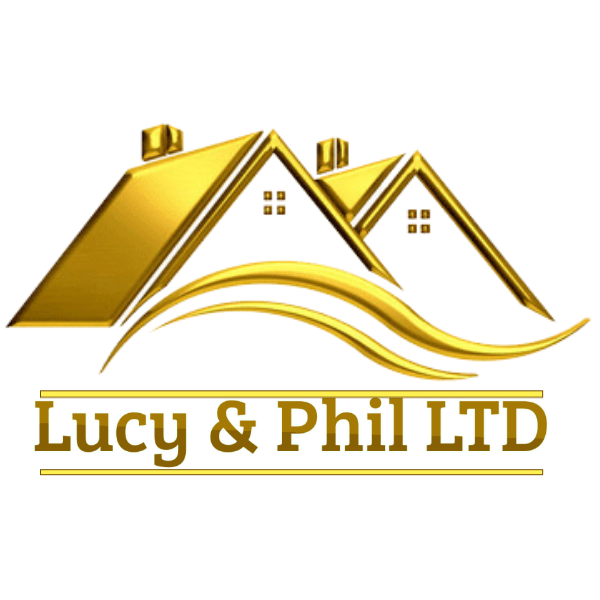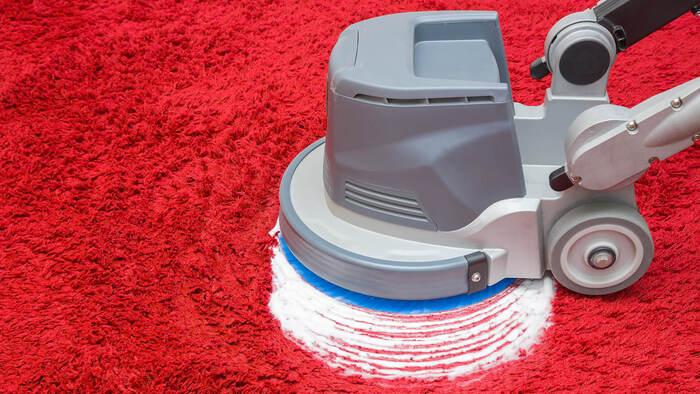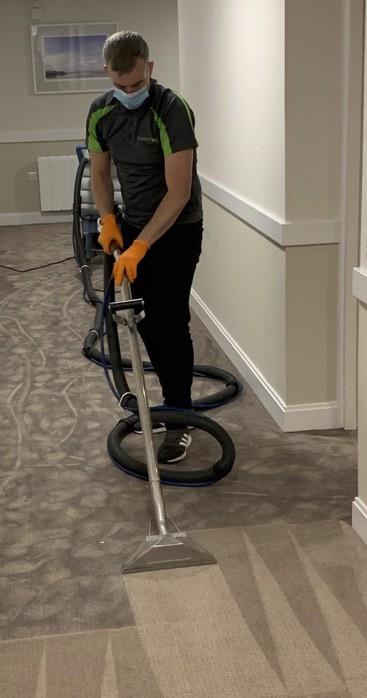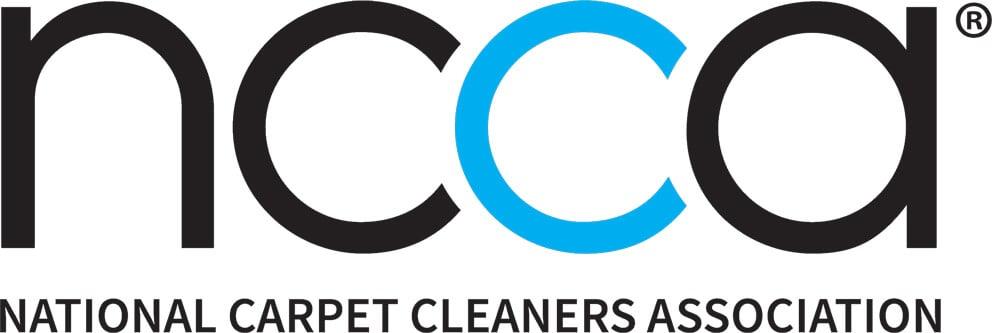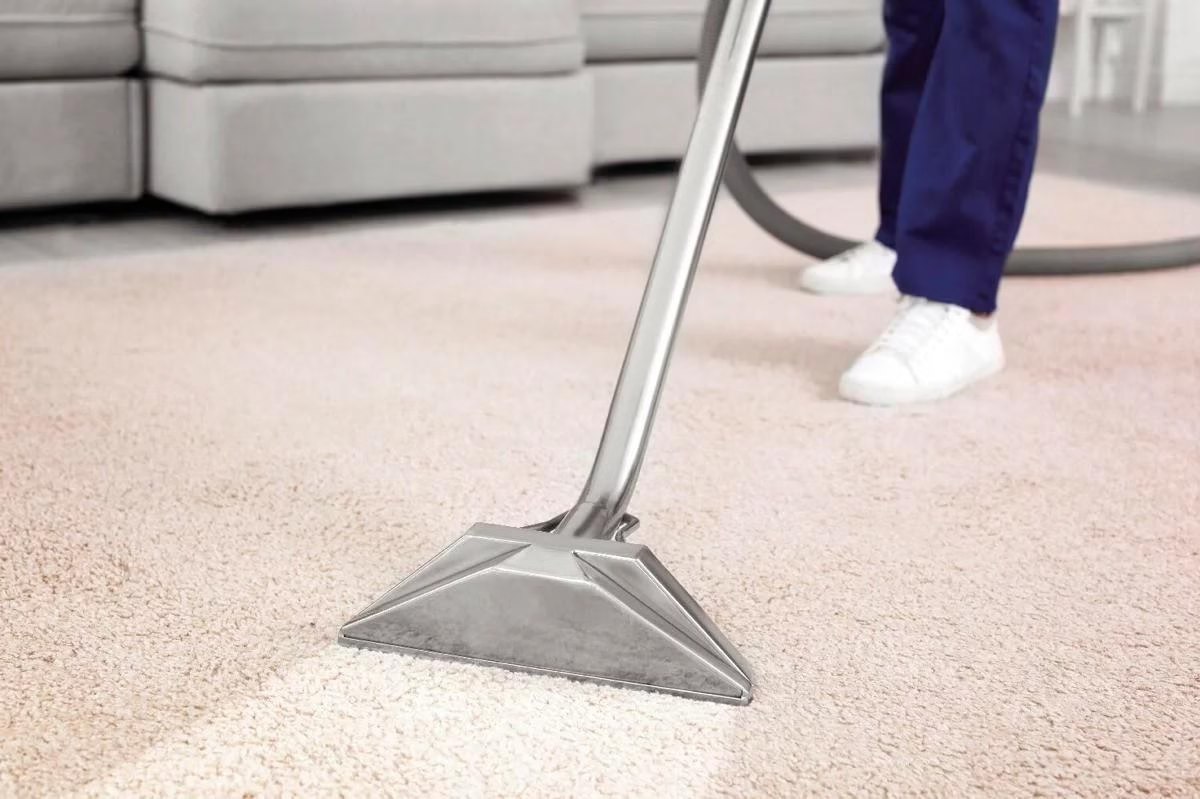
In a country where rainy days and busy high streets are part of the landscape, carpets in UK homes and workplaces work hard. From Victorian terraces to city-centre offices and coastal holiday lets, floor coverings absorb the daily churn of foot traffic, weather, and wear. It’s no surprise that a whole ecosystem of carpet cleaning services has grown to meet that demand-ranging from solo operators with a van to nationwide firms with specialised teams.
Today’s market offers more than a quick once-over. Methods span hot water extraction and low-moisture encapsulation to dry compound cleaning suited to delicate fibres, with add-ons like stain treatment, odour neutralisation, moth control, and allergy-friendly options. Professional standards matter too: many providers align with UK bodies such as the NCCA or WoolSafe, follow COSHH guidelines for chemical handling, and carry public liability insurance. Eco-aware choices-low-VOC detergents, water-saving systems-are increasingly common, as are practical considerations like DBS-checked staff for communal spaces and flexible scheduling for end-of-tenancy turnovers.
This article explores the landscape of carpet cleaning services across the UK: how the main methods differ, what influences pricing, which accreditations to look for, and what a typical visit involves. Whether you’re managing a rental, freshening a family home, or maintaining a commercial space, understanding the options can help you choose a service that fits your fibres, budget, and expectations.
Table of Contents
- The UK carpet cleaning landscape with methods regulations and eco standards
- Steam hot water extraction and low moisture options with best use scenarios
- Pricing benchmarks by region and home size with practical ways to save
- Choosing an NCCA or WoolSafe approved provider and preparing for end of tenancy or seasonal deep cleans
- Insights and Conclusions
The UK carpet cleaning landscape with methods regulations and eco standards
Across homes with wool blends and busy commercial spaces with durable synthetics, professionals pair fibre chemistry with technique to get visible, lasting results. Expect careful pre-vacuuming and pH-matched pre-sprays, followed by the most suitable process for the pile and backing. From hot water extraction that flushes soils deep in the tuft to low-moisture encapsulation that crystallises residues for later vacuuming, each approach balances dryness times, stain profile, and appearance retention. For delicate weaves and sensitive dyes, dry compound and targeted solvent spotting protect texture and colour, while bonnet/pad systems can lift traffic-lane greying between periodic restorative cleans.
- Hot water extraction (HWE): deep rinse for heavy soil and allergens; ideal for hospitality and family areas.
- Encapsulation: fast-drying, low-moisture maintenance for offices and retail, reducing downtime.
- Dry compound: gentle on sisal, seagrass, and unstable dyes; minimal moisture risk.
- Bonnet/pad cleaning: surface brightness boost for interim care on commercial glue-down.
- Specialist spotting: oxidisers/reducers, solvents, and enzyme gels for bleachable foods, oils, and protein spills.
| Body/Standard | Scope | Practical takeaway |
|---|---|---|
| COSHH | Chemical risk assessment | Safety data, PPE, and on-site controls for presprays/spotters |
| UK REACH | Substance registration/restrictions | Prefer compliant, low-VOC, restricted-hazard formulations |
| Water company consent | Trade effluent discharge | Collect/contain waste water; never use surface drains |
| EA/SEPA/NRW/NIEA | Environmental oversight | Duty of care for waste; spill prevention and transport guidance |
| NCCA / TACCA / IICRC | Training and codes | Technicians follow recognised cleaning standards (e.g., S100) |
| WoolSafe | Wool-safe chemistry | Protects wool-rich and delicate fibres from dye bleed/felting |
| EN 1822 (HEPA H13) | Filtration efficiency | Improves IAQ by capturing fine particulates during agitation |
- Eco-centric practice: metered dosing, phosphate-free and readily biodegradable surfactants.
- Water stewardship: low-moisture or targeted rinse passes; capture and lawful disposal of recovery water.
- Energy and noise: high-efficiency vacuums, brush motors with variable speed, and quiet-hour scheduling.
- Client transparency: product disclosure, allergen-sensitive options, and post-clean ventilation advice.
Sustainability now underpins specification as much as stain removal. Reputable providers evidence COSHH documentation, offer WoolSafe-approved products for natural fibres, and use machines with HEPA H13 filtration to support indoor air quality. They track chemical inventories for UK REACH, seek trade effluent permissions where applicable, and often align operations with ISO-style environmental objectives, ensuring fresher carpets sit alongside lower impact, legal compliance, and predictable drying times for homes, offices, and venues alike.
Steam hot water extraction and low moisture options with best use scenarios
Hot water extraction (often called “steam cleaning”) drives heated solution deep into the pile and immediately vacuums it back out, lifting grit, oils, allergens and set-in spills. It’s the method of choice for end‑of‑tenancy resets, pet odours, traffic lanes, and plush or dense fibres that trap soil. With the right, wool‑safe chemistry and calibrated heat, it’s gentle on natural and synthetic carpets alike while providing a thorough rinse. Expect longer dry times than other methods-typically several hours in the UK’s climate-balanced by the highest level of soil removal and hygiene.
- Best matches: family lounges, rental move‑outs, student lets, nurseries, allergy‑sensitive homes
- Benefits: deepest clean, odour reduction, residue‑free finish, improved pile lift
- Avoid if: ultra‑tight schedules with no ventilation or areas where rapid re‑use is essential
Low‑moisture systems (encapsulation, bonnet, dry compound, oscillating pad) target appearance and rapid turnaround with minimal water. Polymers surround soil for easy vacuuming and pads absorb surface grime, making these ideal for offices, hospitality corridors, showrooms and communal areas where downtime must be minimal. Dry times are typically 30-90 minutes, with reduced risk of wicking and minimal disruption. While superb for interim maintenance and routine upkeep, heavily contaminated or urine‑affected carpets may still require a periodic restorative rinse.
- Best matches: commercial tiles, low‑pile synthetics, high‑footfall hallways, event turnarounds
- Benefits: fast dry, low disruption, improved appearance, cost‑effective maintenance cycles
- Avoid if: deep‑seated pet accidents, heavy grease, saturated underlay or matted fibres
| Method | Best For | Dry Time | Frequency | Notes |
|---|---|---|---|---|
| Hot Water Extraction | Deep soil, odours | 4-8 hrs | Quarterly-annually | Restorative rinse; wool‑safe chem |
| Encapsulation | Appearance, offices | 30-60 mins | Monthly-quarterly | Crystallises soil for later vac |
| Bonnet/OP | Topical grime | 45-90 mins | Interim touch‑ups | Great for traffic lanes |
| Dry Compound | Moisture‑sensitive areas | Immediate-30 mins | As needed | Granules brushed and vacuumed |
Pricing benchmarks by region and home size with practical ways to save
Costs vary by postcode, property size, and the cleaning method. Use the guide below as a quick compass for typical mid-week rates on standard soil levels using professional hot-water extraction. Expect a minimum call-out of £50-£80, and occasional parking or congestion surcharges in dense urban areas. Add-ons (stairs, rugs, stain protection) are usually priced separately.
| Region | 1-bed flat | 2-3 bed home | 4+ bed home | Notes |
|---|---|---|---|---|
| London & South East | £70-£110 | £140-£220 | £220-£360 | Higher demand; parking fees common |
| South West & Wales | £55-£90 | £120-£180 | £190-£300 | Good bundle deals |
| Midlands | £50-£85 | £110-£170 | £180-£280 | Seasonal promos |
| North of England | £45-£80 | £100-£160 | £170-£260 | Lower call-out minimums |
| Scotland | £50-£85 | £110-£170 | £180-£280 | Eco options widely available |
| Northern Ireland | £50-£80 | £105-£160 | £170-£250 | Cash discounts common |
| Typical add-ons: Staircase £25-£40 • Rug £15-£45 • Stain guard £2-£4/m² • Deodoriser £10-£20 | ||||
Trim your bill without trimming results by planning ahead and communicating clearly. These simple tactics often reduce quotes from reputable providers while keeping standards high:
- Bundle rooms and services (carpets + upholstery/rugs) to unlock multi-item discounts.
- Book off-peak (weekday mornings) and be flexible with time windows to avoid premium slots.
- Pre-vacuum, lift clutter, and move small furniture so technicians spend time cleaning, not tidying.
- Share a visit with neighbours to meet minimum charges and split travel costs.
- Send room sizes and quick photos for a firm quote-fewer surprises, fewer add-ons.
- Target high-traffic areas now; schedule a whole-home deep clean annually to balance cost and freshness.
- Ask about loyalty, student, NHS, or landlord discounts and free stain-spotting with full jobs.
- Confirm parking access in advance to prevent extra fees or extended labour time.
Choosing an NCCA or WoolSafe approved provider and preparing for end of tenancy or seasonal deep cleans
Accreditation matters when you invite a technician into your home. Look for the NCCA and WoolSafe badges and verify membership numbers on their official directories. These credentials signal training in fibre ID, safe chemistry, and complaint resolution-crucial for wool, sisal, and pattern-rich synthetics. Ask for a written job scope (pre-vacuum, stain treatments, agitation, hot-water extraction or low-moisture, neutralising rinse) and transparent pricing that includes dwell times and drying targets. Trusted pros carry public liability insurance, perform colourfastness tests, and use WoolSafe-approved solutions on natural fibres to safeguard texture and tone.
- Verify the directory listing and membership ID.
- Request a method statement and aftercare guidance.
- Confirm fibre testing, pH control, and residue-free rinsing.
- Check insurance, risk assessment, and complaint process.
- Discuss drying times, ventilation, and furniture handling.
- Consider add-ons: protector, deodorising, anti-allergen treatments.
| Badge | Focus | Best For |
| NCCA | Training standards, methods, ethics | General carpets, complex stains, HWE/LM choices |
| WoolSafe | Approved products for wool and natural fibres | Wool berbers, fine rugs, colour-sensitive textiles |
For move-outs and seasonal refreshes, timing and access make all the difference. Book 24-48 hours before inventory checks so fibres fully dry, and keep rooms clear for consistent results across traffic lanes and edges. A concise brief helps: note priority stains, odours, pets, and past spotters used (some DIY agents set stains). Pros can provide a work report on request-useful for landlords or property managers-and leave tailored aftercare to keep pile buoyant and re-soiling low.
- Declutter & dust first; pre-vacuum high-traffic areas.
- Move light furniture and lift trailing cables where safe.
- Secure parking, water access, and a power outlet.
- Photograph existing marks for your records.
- Ventilate during and after; set gentle heat for faster dry.
- Pets & children in a safe room until carpets are touch-dry.
Insights and Conclusions
Clean carpets aren’t just a finishing touch; they’re part of the way a UK home feels and functions through damp winters, muddy school runs, and the odd cup of spilled tea. Whether you lean toward hot water extraction for a deep refresh or low-moisture methods for faster drying, the right service can extend your carpet’s life, support better indoor air quality, and keep warranties intact-all without turning your week upside down.
As you weigh up local specialists and national chains, keep a level head: look for clear pricing, method suitability for wool and blended fibres, recognised credentials (such as NCCA or WoolSafe), proper insurance, and realistic drying times in our climate. For rented homes, an itemised invoice can smooth deposit returns; for busy households, eco-conscious options and stain protection may be worth the extra line on the quote. With a little homework now, you’ll step into cleaner, longer-lasting floors later.
However you proceed-DIY between visits or a scheduled professional clean-the aim is simple: a fresher home from the ground up. And when you sink your toes into a newly revived pile, you’ll know you chose well.
